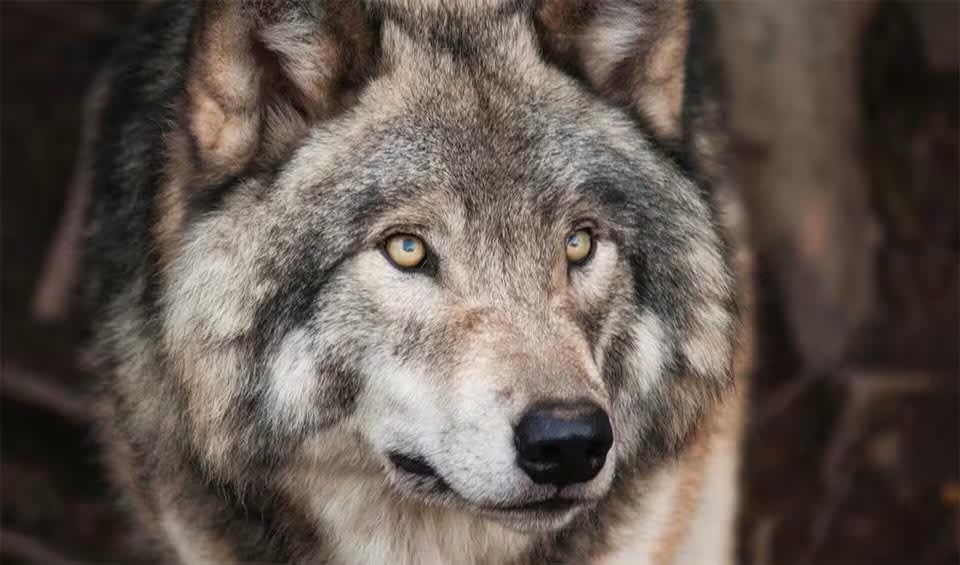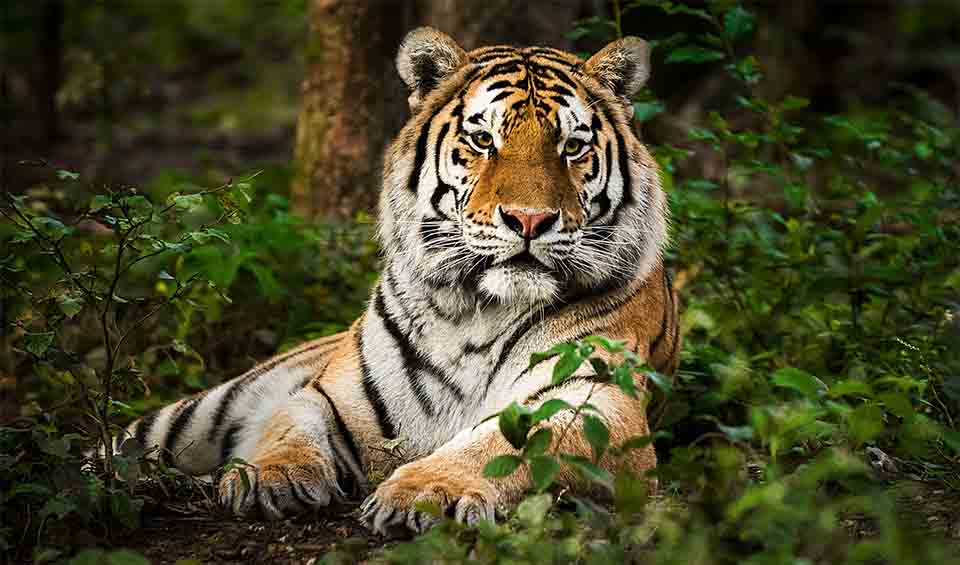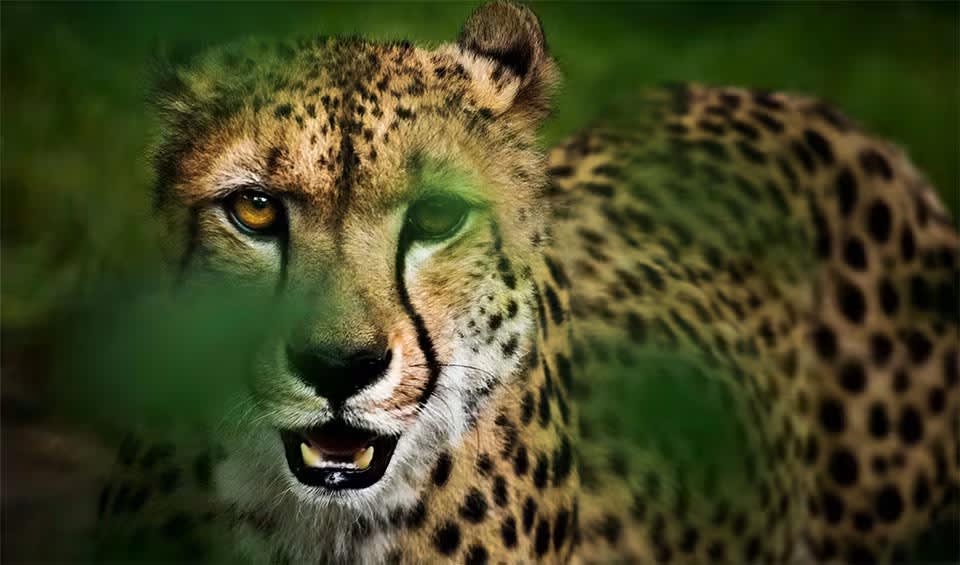Wolves are quintessential pack hunters, a behavior rooted in their highly social nature and evolutionary adaptations. Unlike their prehistoric canid ancestors, modern wolves have evolved to be smaller, reducing individual food requirements and enabling the formation of larger packs. These packs, typically family units led by a breeding pair, collaborate to hunt, raise offspring, and defend territory.
The gray wolf (Canis lupus) boasts a vast range across North America, Europe, and Asia, showcasing remarkable adaptability to diverse habitats—from the deserts of Saudi Arabia to the icy expanses of Greenland. This extensive distribution has led to recognition of numerous subspecies, each uniquely adapted to its environment. For instance, the Arctic wolf is well-suited to polar conditions, while the Arabian wolf thrives in arid regions.
In the wild, wolves primarily live in packs averaging 5 to 10 members, though pack sizes can vary based on factors like prey availability. These packs are usually composed of the breeding pair and their offspring from multiple years. Lone wolves are typically young adults who have left their natal pack to seek new territories or mates, aiming to establish their own packs.
As apex predators, wolves play a crucial role in maintaining ecological balance. They predominantly hunt large ungulates such as deer, elk, and moose, employing complex strategies to isolate and bring down prey. Their hunting success is a combination of endurance, teamwork, and keen senses. Interestingly, while pack hunting is common, single wolves or mated pairs often have higher success rates in hunting than larger packs. For example, a lone wolf can occasionally bring down large prey like a moose unaided. Finally, the wolf is also the largest extant member of the Dogs family.
Distribution
 Afghanistan
Afghanistan Albania
Albania Armenia
Armenia Austria
Austria Azerbaijan
Azerbaijan Bangladesh
Bangladesh Belarus
Belarus Belgium
Belgium Bhutan
Bhutan Bosnia And Herz.
Bosnia And Herz. Bulgaria
Bulgaria Canada
Canada Official estimate
Official estimate
 China
China Official estimate
Official estimate
 Croatia
Croatia Czechia
Czechia Denmark
Denmark Estonia
Estonia Finland
Finland France
France Georgia
Georgia Official estimate
Official estimate
 Germany
Germany Greece
Greece Greenland
Greenland Hungary
Hungary India
India Official estimate
Official estimate
 Iran
Iran Iraq
Iraq Ireland
Ireland Official estimate
Official estimate
 Israel
Israel Italy
Italy Official estimate
Official estimate
 Japan
Japan Official estimate
Official estimate
 Jordan
Jordan Kazakhstan
Kazakhstan Korea
Korea Kyrgyzstan
Kyrgyzstan Official estimate
Official estimate
 Latvia
Latvia Libya
Libya Lithuania
Lithuania Luxembourg
Luxembourg Mexico
Mexico Moldova
Moldova Mongolia
Mongolia Official estimate
Official estimate
 Montenegro
Montenegro Myanmar
Myanmar Nepal
Nepal Netherlands
Netherlands North Korea
North Korea North Macedonia
North Macedonia Norway
Norway Oman
Oman Pakistan
Pakistan Poland
Poland Portugal
Portugal Romania
Romania Russia
Russia Official estimate
Official estimate
 Saudi Arabia
Saudi Arabia Serbia
Serbia Slovakia
Slovakia Slovenia
Slovenia Spain
Spain Sweden
Sweden Switzerland
Switzerland Syria
Syria Tajikistan
Tajikistan Turkey
Turkey Official estimate
Official estimate
 Turkmenistan
Turkmenistan UAE
UAE Ukraine
Ukraine United Kingdom
United Kingdom Official estimate
Official estimate
 United States
United States Official estimate
Official estimate
 Uzbekistan
Uzbekistan Yemen
YemenAnything we've missed?
Help us improve this page by suggesting edits. Glory never dies!
Suggest an editGet to know me
Terrestrial / Aquatic
Altricial / Precocial
Polygamous / Monogamous
Dimorphic (size) / Monomorphic
Active: Diurnal / Nocturnal
Social behavior: Solitary / Pack / Herd
Diet: Carnivore / Herbivore / Omnivore / Piscivorous / Insectivore
Migratory: Yes / No
Domesticated: Yes / No
Dangerous: Yes / No
Wolf on banknotes








